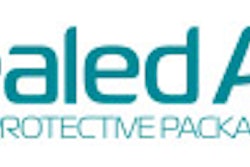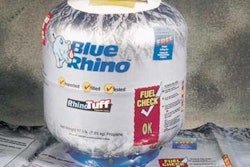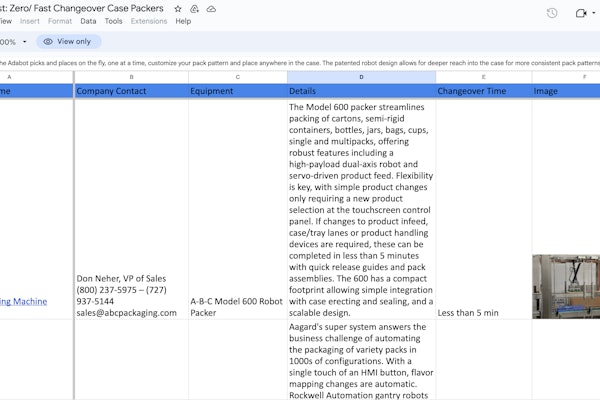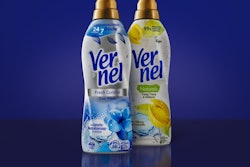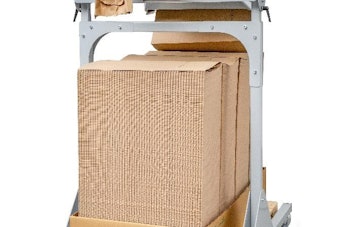
Sure, after five long years (some of that due to FDA foot-dragging), the USDA’s Food Safety and Inspection Service (FSIS) finally said beef can be irradiated, just like poultry, pork, spices and fruits.
But the FSIS imposed some labeling restrictions that could make irradiation something less than a tasty prospect for consumers.
The big issue for food companies—from a marketing standpoint—was whether they would be able to use terms less threatening than “irradiated with...” on package labels. Many companies hoped to use the term “cold pasteurization.”
But the FSIS dashed those hopes. The agency said that use of the term “pasteurization”—be it paired with words such as cold, electronic, ionizing—would be misleading.
Dean Danilson, vice president of technical services for IBP, Inc., Dakota Dunes, SD, says his company will start selling limited quantities of irradiated beef after Feb. 22, 2000, when the FSIS rule goes into effect. Others will undoubtedly do similar test marketing. He says a key issue will be whether label language scares off consumers.
The FSIS decision to prohibit terms such as “cold pasteurization” has definitely put a damper on beef irradiation. “We have gotten a few calls in the wake of the FSIS rule,” says Martin Ecoff, director of product safety and regulatory compliance for Cryovac (Duncan, SC), which makes packaging for irradiated poultry. “But I wouldn’t say our phones have been ringing off the hook.”
Cryovac makes a variety of packaging materials for beef and poultry products. Poultry has been treated with gamma radiation because FDA has only approved packaging that can be used with gamma. Meat processors want to use electron beam radiation, though. And they want to use different types of packaging than have been available for gamma.
Converters like Cryovac make materials that can incorporate barrier materials like ethylene vinyl alcohol (EVOH), which is used for non-irradiated beef. The FDA is currently considering petitions asking for EVOH and other materials to be quickly approved for electron-beam irradiated meat products.
Despite the FSIS’s refusal to allow “cold pasteurization,” the agency did provide a couple pieces of good news to partially offset the bad news. The FSIS will allow a label statement that says “free of E. coli O157:H7” as long as a company has the processing documentation to back up that claim.
More importantly, the FSIS reversed field and said an irradiation “warning” disclosure and the radura logo do not have to appear adjacent to the principal display panel on the food label. The type has to be only as large as the type used for the product ingredients.
What the FDA will be looking for, in terms of assuring that companies are making those disclosures adequately, is that they are placed in a spot on the label, using type that “an ordinary individual under customary conditions of purchase and use” will see. (SB)
